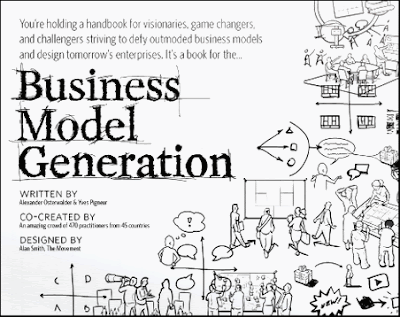This month's book recommendations are provided by a first-class HR pro called David Ducheyne.
David is
Chief People Officer at Securex. He is nominated as the Belgian HR Manager of the year, and I think he'll win the title!
Please do me a favour and vote for him, by following this link before mid-March 2013.
Inspiration from the past for a better future
These are dire times. Since 2008 Europe has been going through one crisis after another. The basis of this crisis is human behaviour and leadership. The problem is that we could have known where it would end. And we haven’t learnt much. The NY stock exchange is doing great (date: 5 march 2013) and so we can go back to business as usual.
But let’s look back and see what some people warned us about what could happen and which hints they gave us. So I picked to review three ancient books that are still inspiring.
 The first one is The Human Side of Enterprise by Douglas McGregor (1960). He hoped that social sciences could help to create a good society. He predicted the coming of evidence-based management and saw a direct positive impact of research. In that he was a little naive, comparing social sciences to exact sciences, but still. He hoped that companies would move from a “carrot-and-stick” approach (Theory X) towards a higher form of management (Theory Y) that relies on self-control and self-direction. McGregor described 50 years ago elements of what we call today the new way of work and modern leadership. We can ask ourselves what we’ve done with that positive view on management?
The first one is The Human Side of Enterprise by Douglas McGregor (1960). He hoped that social sciences could help to create a good society. He predicted the coming of evidence-based management and saw a direct positive impact of research. In that he was a little naive, comparing social sciences to exact sciences, but still. He hoped that companies would move from a “carrot-and-stick” approach (Theory X) towards a higher form of management (Theory Y) that relies on self-control and self-direction. McGregor described 50 years ago elements of what we call today the new way of work and modern leadership. We can ask ourselves what we’ve done with that positive view on management?  A second book is Alvin Toffler’s Future Shock, written in 1970. Toffler said that the increasing speed of change would cause enormous distress, what he called future shock. In this massive book he describes in detail the changes that occur, many of which have come true. Two special elements merit some attention: decision stress and information overload. In a changing environment people will have to make more decisions, which causes stress. Toffler launched the word information overload to illustrate that people need to process more information than they can handle. In 1970 the world was turning at a slower pace and the digitilisation had just begun.
A second book is Alvin Toffler’s Future Shock, written in 1970. Toffler said that the increasing speed of change would cause enormous distress, what he called future shock. In this massive book he describes in detail the changes that occur, many of which have come true. Two special elements merit some attention: decision stress and information overload. In a changing environment people will have to make more decisions, which causes stress. Toffler launched the word information overload to illustrate that people need to process more information than they can handle. In 1970 the world was turning at a slower pace and the digitilisation had just begun. A third book is “Small is beautiful: Economics as if People mattered”. This book by Schumacher in which he criticizes Western economics. The context of this book is the Oil crisis. Schumacher argues that our economic model is not sustainable. He talks about enoughness and stresses the need to balance human desires and technology. He attacks the notion of growth, and pleads for a focus on well-being with less consumption.
A third book is “Small is beautiful: Economics as if People mattered”. This book by Schumacher in which he criticizes Western economics. The context of this book is the Oil crisis. Schumacher argues that our economic model is not sustainable. He talks about enoughness and stresses the need to balance human desires and technology. He attacks the notion of growth, and pleads for a focus on well-being with less consumption. Many of the ideas from these three books could have been written today. You can find those ideas in Tim Jackson’s “Prosperity without Growth” (2009) or Sennet’s “Culture of a new Capitalism” (2006), Gratton’s “The Shift” (2011). Reviewing old books is more than just a curiosity. We should be aware of what historical figures have written and suggested and see them as inspiration from the past for a better future. They make us also humble in the sense that most problems have already found a solution. But something stopped us from listening to these (and other) thought leaders. Instead our society went bezerk, focussing on greed and consumption.
There is hopefully a time of a sustainable way of working coming: doing business as if people mattered. I strongly believe that the HR profession can and will play an important role in this evolution. And if not, someone might read this blog and say how wrong or how right I was and regret that nothing has happened since 2013.






